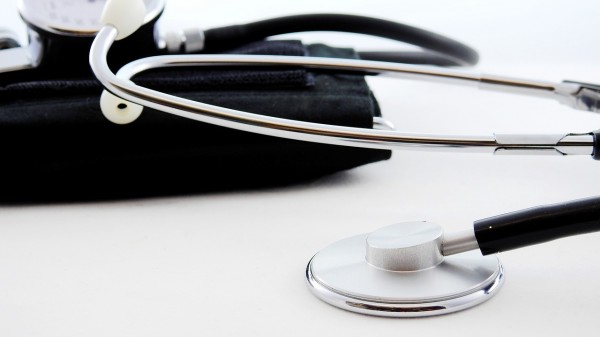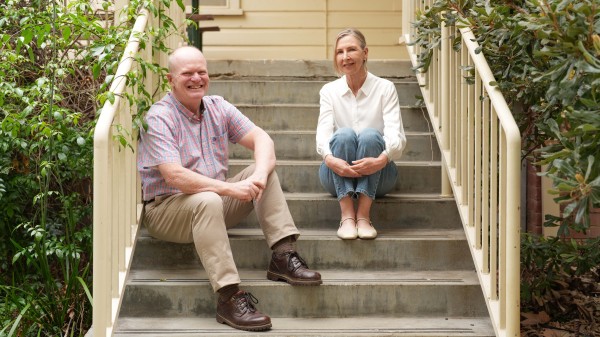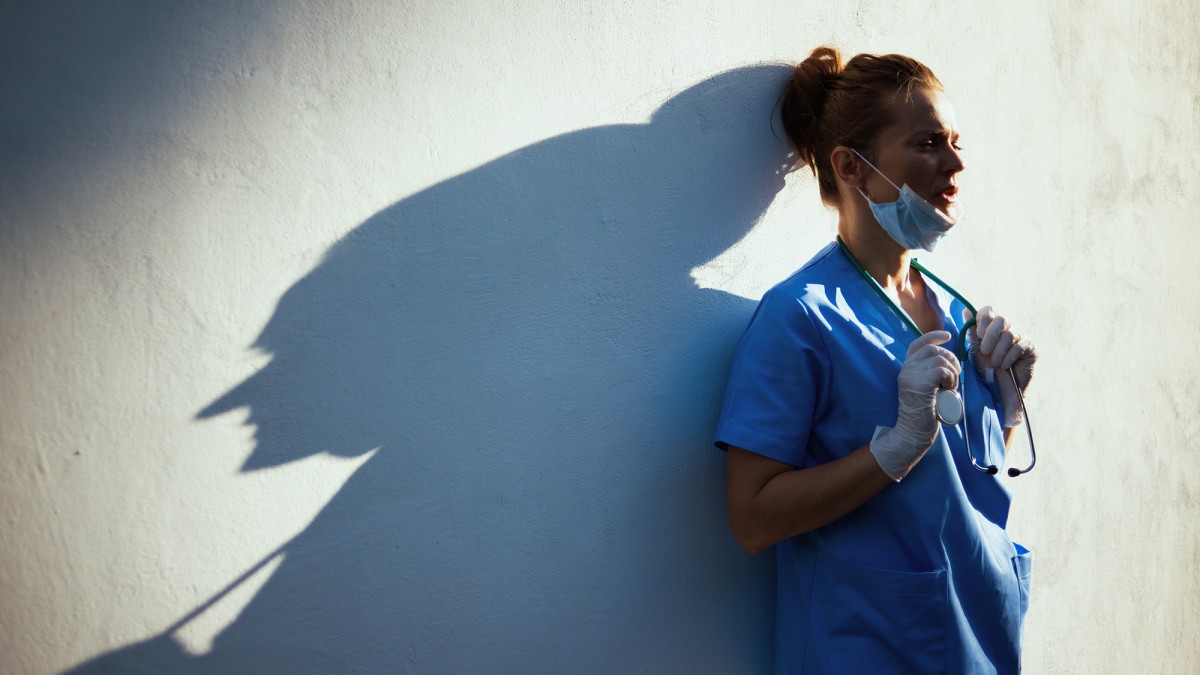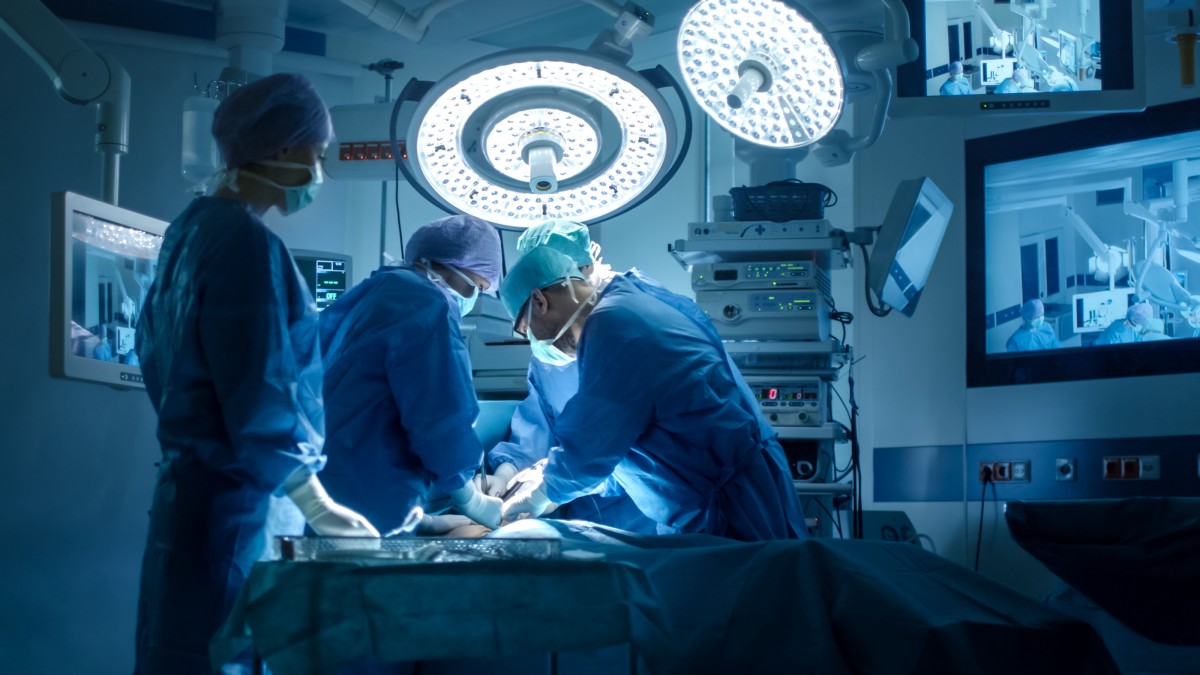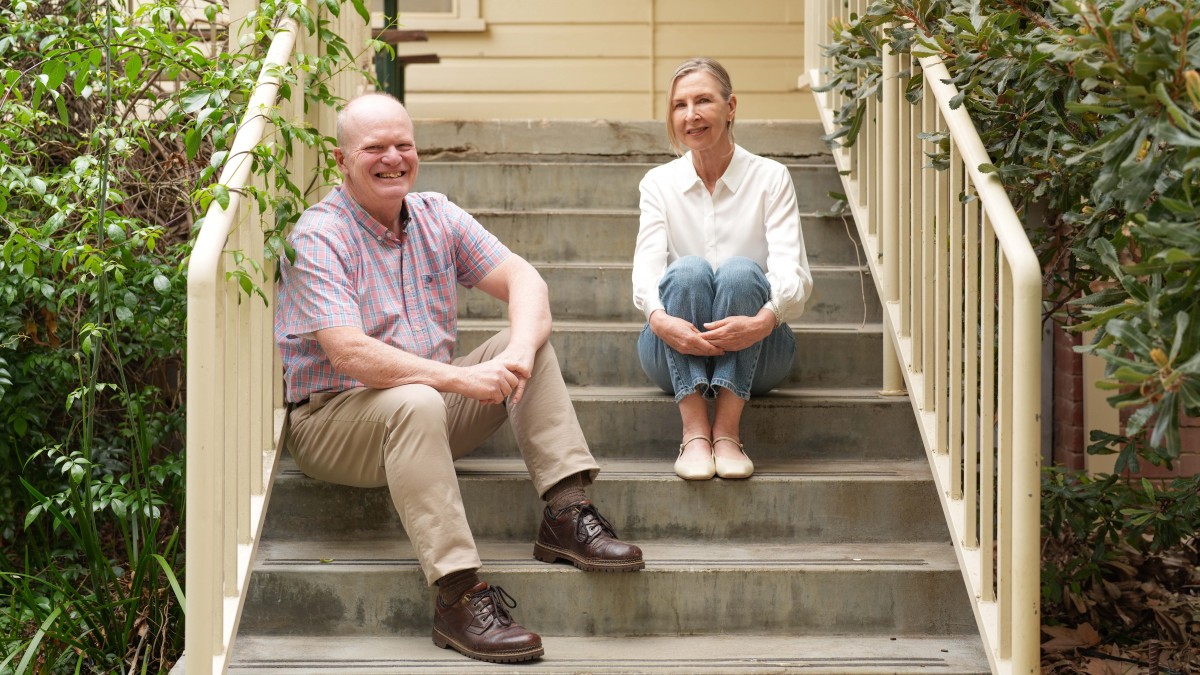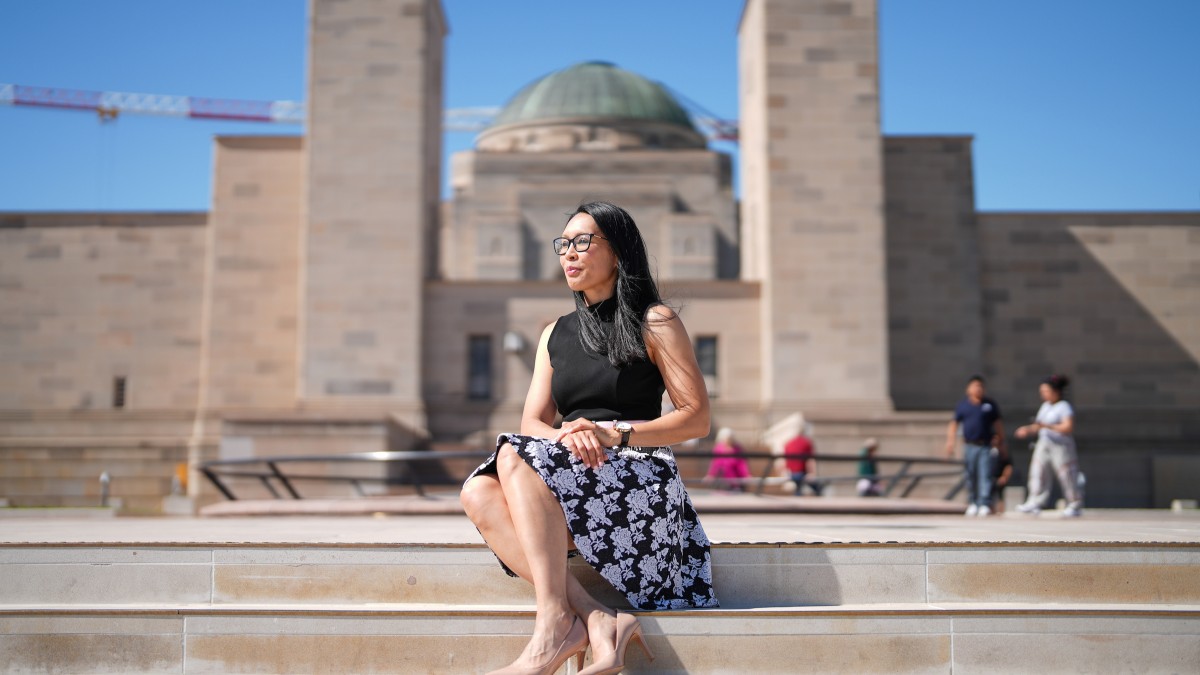Article by: Louise Stone,
General practitioner; Associate Professor, School of Medicine and Psychology
Dominique Lee was training in radiation oncology when she was invited to join her supervisor to discuss a training opportunity. Instead, she was drugged and sexually assaulted.
Lee reported the crime, and John Kearsley was sentenced two years later. Kearsley has since been sentenced for another sexual assault against the daughter of a patient.
For Lee, the impact of that assault has been profound. “It’s taken almost ten years to look at myself in the mirror and not feel shame and hate,” she says. “All I wanted to do was stop him from hurting other women, and that was my one agenda. I wasn’t set out to destroy his career. He did that on his own.”
Lee is not alone. It is always difficult to measure how often sexual harassment and assault occurs, but global estimates suggest around 33% of doctors in training have experienced sexual harassment in the workplace. Women are at higher risk and especially women in training.
Lee is not alone. It is always difficult to measure how often sexual harassment and assault occurs, but global estimates suggest around 33% of doctors in training have experienced sexual harassment in the workplace. Women are at higher risk and especially women in training.
No one should need to call for a code of conduct that says, in essence, ‘please do not molest your work colleagues or students’, and yet this is one of the actions our report recommends.
This week, I convened a meeting of medical leaders in Canberra to explore why doctors in Australia are vulnerable to sexual harassment. And we drafted a set of safety standards to prevent this in future.
What is it about the culture of medicine?
Doctors work in a rigid hierarchy, and train for more than 12 years to obtain their specialist qualifications. They have a lot to lose from disclosing assault and harassment.
In Lee’s victim impact statement, she acknowledged how differences in power made junior doctors vulnerable:
Before pleading guilty to these assault charges, the perpetrator used to hold a high position in a well-known cancer centre and he was a respected member of the community. I, on the other hand, was still a trainee.
Medicine can be a brutal profession. The work is long, arduous and high stakes. The suicide rate is high, particularly in women, and violence at work is increasing.
Doctors often work and live in environments that make them vulnerable. It is common for doctors to live in hospitals when on call, or when placed in rural communities where they lack their usual social supports.
It is normal to discuss sex and human bodies during training, so survivors often feel it took them too long to pick up early signs of escalating abuse, like intrusive sexual comments.
Doctors work in close physical proximity, particularly in surgery, so it can also be easy to excuse inappropriate touching which can feel like an “accident”. Exposure to discrimination and harassment is so common, they become “too used to it”.
Several of the doctors in our 2019 study on sexual harassment commented that women doctors walk a fine line, trying to be strong, competent and capable, while also being “a good girl, being approachable and being nice to the nursing staff”. Female doctors do not want to be seen as “troublemakers”, because it impacts their careers.
Doctors report the culture of self-sacrifice in medicine can normalise abuse, and can mean young doctors accept harassment as “part of the job”.
Wellness programs can be a way of side-stepping workplace obligations, emphasising individual resilience without addressing the harassment problem. We call this “weaponising wellness”.
Medical workplaces are highly diverse, which makes regulation challenging. Doctors work in hospitals, aged care facilities, solo doctor rural practices, large corporate community health centres, research institutes, universities and even people’s homes. Many are contractors or small business owners, which means they do not have the same structural protections of employees.
Even if they want to report, it’s hard to work out where to do so. Lee reported to the police, and her case was heard by a criminal court. However, she could have reported to her professional college, hospital, medical defence organisation, medical board, Human Rights Commission, union or any number of other avenues. No wonder survivors are confused.
As Lee told The Guardian, “the system teaches you to be quiet”.
We’re setting a new standard
This week, my colleagues and I brought together 140 experts at Old Parliament House to tackle this difficult problem.
We had international leaders from law, medical education, health-care management, psychiatry and psychology, Medical Boards, doctors’ health advisory services and various medical workplaces. We had representatives from Australia, New Zealand the UK and Pakistan. One of our participants was from an Antarctic research station. Some were students or doctors in training. Most had decades of experience.
The purpose of the summit was simple: to identify and address the features of medical workplaces that make doctors particularly vulnerable, and address them.
We recognise that many features of medicine are common to all workplaces. We wanted to build on existing frameworks and legislative requirements like Respect at Work, not replace them.
We drafted a set of sexual safety standards, that can apply to all medical workplaces and add to the legislative requirements we are already required to meet.
These standards include preventing sexual harassment and identifying, supporting and managing high-risk targets, perpetrators and environments in medical workplaces. They also encompass reducing the trauma of the reporting process, and the compassionate rehabilitation of survivors.
We mapped the options for reporting, developing a resource for survivors to choose and navigate the complex systems available to them.
Importantly, we established a community of diverse, passionate, expert global leaders across medicine who are determined to use their skills in managing complexity to reduce sexual harm in the profession.
Medicine has unique challenges, but we are not the only profession tackling this difficult problem. We manage physical and psychological trauma every day, and we are experts in navigating complexity. It’s time we used our skills to heal our own profession.
Article first published in The Conversation.





